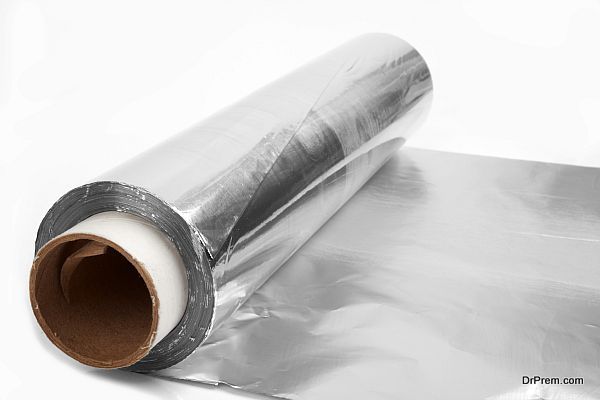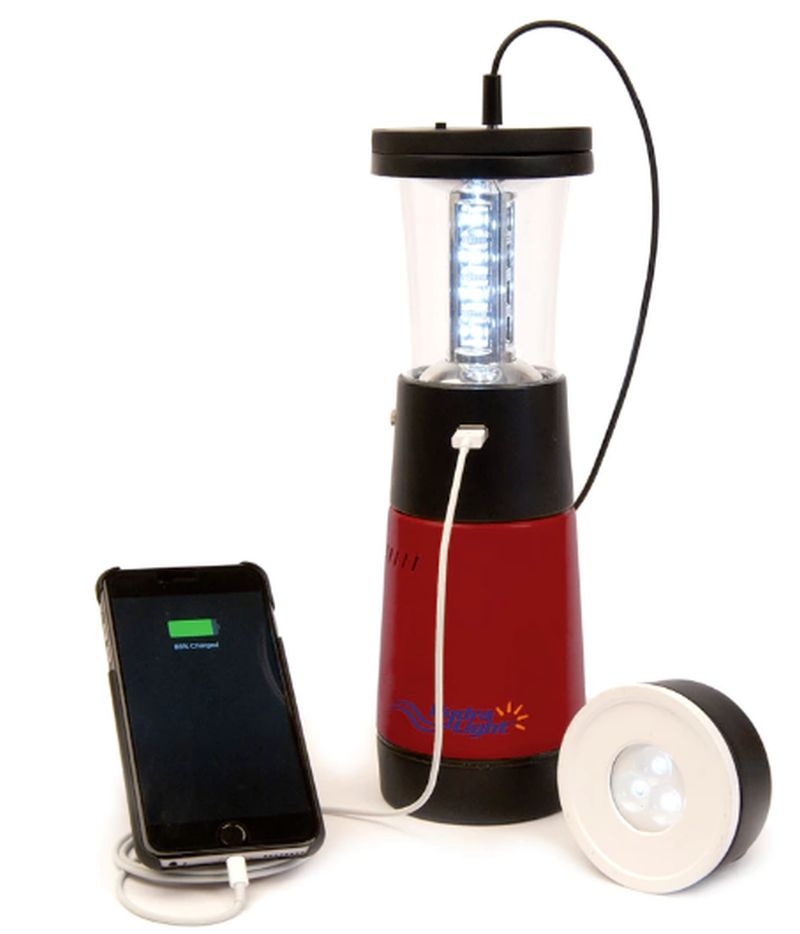Amongst the types of e-waste, batteries might be most common. Moreover, the might also be the most toxic. They contain metals like cadmium, lead, lithium, and mercury among others. Although their amount in a single battery isn’t much. However, when billion of such batteries find their way into landfills they end causing a huge amount of atmospheric pollution. It’s because they also release greenhouse gases. Furthermore, if they accidentally find their way into the drinking water, they make it poisonous. However, at least when it comes to products like flashlights, an eco-friendly solution is possible. You can always opt for a water-powered flashlight. In fact, you can even make one.
Why water-powered flashlight?
Conserve energy, disregard the use of batteries and battery-operated machinery and opt towards change. Now you can start at this path by choosing the flashlight that will work on water. There are many harmful chemicals inside these environment-unfriendly batteries, which when disposed of in open can leech out and pollute the soil or water that they come in contact with.
Pack your flashlight stash for those camping trips or for emergency situations when the power runs out, you can never be too prepared. This easy to make flashlight offers satisfactory performance with an alternate resource to derive its energy, with a galvanic cell which passes a galvanic current to make it work, it can work continuously for 30 minutes on tap water and for 2 hours with salt water.
Here is what you will need
Planning to go green this summer? Then the DIY flashlight that not only is easy to make but miraculously runs on water, is a perfect first project. Before you start you will need some basic things at hand, these are:

10 Pennies
Aluminum foil sheet
5mm white LEDs
Recycled torch
Toroidal Core/Bead
2N3904 General Purpose Transistor NPN
1 K Ohm resistor(1/4W)
Copper and zinc strip
Magnet or copper wire
5 sheets of toilet paper
2 x 2” sheet of acetate
Leatherman multiTool
Soldering Iron
Teflon Tape, Glue
Get started with the project
First cut the strips of aluminum into tiny round traces. This will be your cathode for the homemade battery. You can also choose zinc to be the cathode too, but because of their easy availability and better chemical configuration aluminum is what most people chose to go for.
Using the just cut aluminum traces as guides cut tissue into tiny traces. You can also choose to cut these into wet wipes which are easier to manipulate and have higher tear strength than regular tissue paper or toilet paper.
Now you need to stack two sheets of wet-wipes/ tissue traces over your coins and place a sheet of aluminum over these two tissue traces. Keep on repeating and stacking these one over the other till you do it to ten pennies.
Glue the coins together to complete your galvanic cell.
You can check the battery to be operating by connecting it to a voltmeter.
Take the recycled torch and drill through its plastic to provide for entry and exit points for the fluid. Without an exit for the excess fluid the flashlight will short and not work.
Place plastic dividers in between the enclosure to place the penny-battery.
 Place the home-made battery inside these plastic dividers and sprinkle salt over the cells. A galvanic cell works on fluid and ionic exchange. This salt can work wonders for your water-powered flashlight
Place the home-made battery inside these plastic dividers and sprinkle salt over the cells. A galvanic cell works on fluid and ionic exchange. This salt can work wonders for your water-powered flashlight
Glue in a switch with your batteries and place it on desired position.
Take a tiny piece of a perfboard and install the LEDs
Build a Joule thief Inverter from the things you have to keep the batteries from running all out.
Waterproof the electronics by sprinkling hot glue over them. This will prevent unwanted damage from the salt and water from harming your assembly
Put the cover back on and attach the pipes for the water from the entry and exit points.
You can now test your creation!
To create a battery-free Water-powered flashlight with your bare hands all you will need is our set of instructions, handy tools available and some inspiration.
Hydralight: Water-powered flashlight
Along with eco-friendly chargers, scientists and manufacturers are also working to produce batteries which are made from eco-friendly materials, such as the Hydralight, which runs on saltwater. The Hydralight is a compact, and just like LEDs eco-friendly and safe light, which has an extended usage time and much less operational costs than conventional batteries.
The tech behind Hydralight
The Hydralight runs on salt water, which is a huge step forward in reducing the use of batteries made from toxic chemicals that release dangerous gases into the atmosphere. The new technology is expected to be an eco-friendly alternative to batteries we use now.
Hydralight uses water activated hydracell appetite cells. It incorporates hackneyed amalgamate along with other environment friendly elements which when hydrated produce a continuous and strong upsurge of electrical current. This stream of current is confirmed to be strong throughout the lifetime of the hydracell. You won’t have to face any flickering lights / headlamps and dimming flashlights due to the battery. A hydralight makes battery related problems obsolete.
The technology of the Hydralight involves an elementary ion cell which is activated by ordinary salt water. To switch on the light, you just have to remove the cell from inside the lantern, and dip it in salty water for duration of 10-15 seconds, and replace the cell back inside the hydracell to get hours of instant power and light. Only a few dips in salt water can charge the hydracell for many days, giving you power that lasts for more than 250 hours.
The cells are quite durable and can be stored when they are not used. In fact, they can be kept in a dry state for a period of 25 years. Once activated, the cells can be used for a huge number of times. The light is embedded with USB ports which can be used to charge your phone and other compatible devices.
Uses of the water-powered flashlight
The Hydralight has many uses, at home, in office and outdoors. You can take it with you on your off grid adventures, where you are far away from markets and shops to buy any supplies, or to charge batteries. The Hydralight is very useful specially when you are going for boating or fishing or cruising on the sea, as the sea has an inexhaustible supply of salt water.
When you are not by the sea or ocean, you can mix some salt into a container of water, and dip the hydracell in the mixture to take advantage of a homogeneous source of electricity.
The Hydralight may be very useful in developing countries. It provides a continuous and inexpensive source of electricity. The only requirement for a Hydralight is water, doesn’t matter if it is dirty or clean. All this makes Hydralight a convenient and viable light source for millions of poor people around the world.
It’s a very useful emergency light to have, at home and in your car.
The Hydralight could be the technology that will replace harmful batteries, and provide light in inaccessible areas. It’ll help to you no matter whether you go camping or fishing or on any other adventures. People in developing countries can also benefit from this new technology, as they would not have to spend money buying batteries, apart from the initial cost.






